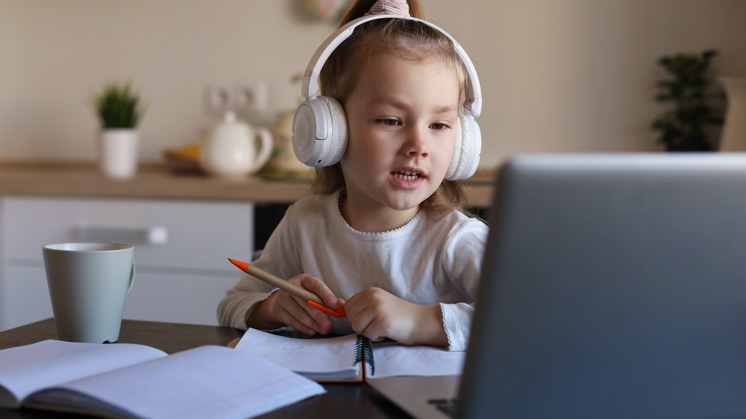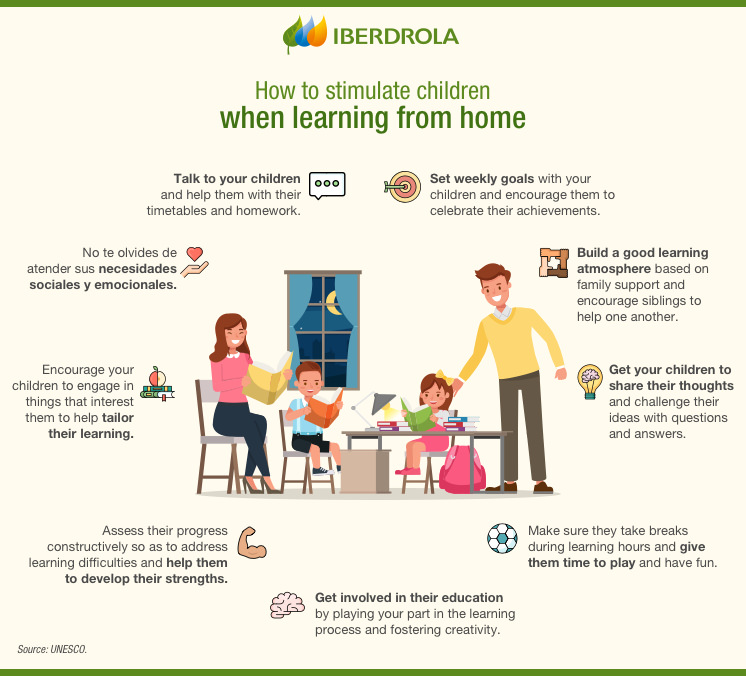Home education
Home education: how to manage learning outside the classroom?
Homeschooling is an alternative form of education that consists of educating children away from the classroom, an educational process that has gained popularity in many countries. Information and Communication Technology (ICT) has come a long way in the last few years and made it all possible, but it comes with pros and cons.

Home learning is all the rage. In recent years, whether out of necessity or opportunity, more and more families are opting for this alternative educational approach for their children due to a series of advantages that this educational model offers. And while there are many ways to learn at home, the most widespread options in these circumstances are homeschooling and distance learning. With homeschooling, all educational functions depend on the family, though the exact arrangement depends on the laws in each country. Distance learning means that the home becomes the classroom in physical terms, but the school is still responsible for the child's education.
Digitalization in education
New technologies have been gradually making their way into the classroom for years, and recently there has been a growing trend in their adoption. However, their degree of implementation cannot possibly be the same around the world due to the digital divide. What exactly does the digitisation of education entail? It essentially involves applying ICT to the teaching-learning process so as to build the digital capabilities that this new age demands.
With a few ups and downs, educational technology has enabled millions of learners to continue their education from home. As online learning has progressed so much in recent years and educational video games have grown in popularity, this new situation has proved less traumatic than expected for learners, sparking a debate as to whether, despite some misgivings, this form of disruptive education may be here to stay.
How home education works
The COVID-19 pandemic that hit the world in 2020 had an unprecedented impact on almost all aspects of daily life, especially in the education system, where it caused a transformation at all levels. Thousands of education centres implemented distance learning, using a variety of digital options, and remote education has suddenly surged, a teaching model that has endured to the present day.
Distance learning has seeped into the formal education system in every way: study programmes, timetables, exams, diplomas... It has simply has shifted the learning environment to people's homes to a greater or lesser degree. Thanks to ICT, learners and teachers are still connected, and they can see and hear each other, organise individual or group tasks, sit exams and do all kinds of activities. That said, arranging home learning is no easy task. Initially, changing teaching habits can be a challenge for teachers, parents, and learners of all ages.

Pros and cons of home education
Learning at home has many advantages. Here are just a few of them:
It increases the learner's individual responsibility.
It improves their digital skills.
It minimises bullying by not going to school.
It gets parents more involved in their children's education, allowing them to see how focused they are and to keep an eye on their progress.
But, naturally, this trendy way of learning is not without its disadvantages:
It heightens social isolation and cuts down on physical activity.
It makes digital disconnection much more difficult and raises the risk of cyberbullying.
It magnifies social differences as some learners have few or obsolete technological resources.
It makes for more distractions since there is no direct teacher supervision.
What is homeschooling
Homeschooling is an option which in many countries lies outside the official education system. This is because, in this system, it is no longer the educational institutions that carry out the children's education, and that is precisely what homeschooling means: parents take learning into their own hands and decide what, how and when to teach their children. Is it legal? The answer varies from one place to another. There are many countries in which this option is legal, though with varying degrees of regulation, and many others where it is forbidden entirely or floating in a sort of legal void.
What advantages does it offer? It often means children get a tailor-made education, as the approach focuses more on the interests and learning pace of each child and is based on experiences and skills rather than content. There are no specific timetables, exams or study programmes; it is up to the parents to decide and take care of everything. In terms of disadvantages, experts agree that it has the following drawbacks: lack of socialisation and independence, risk of bias as children are not exposed to different ways of thinking, little experience of teamwork, and difficulty in entering official education at a later stage.




